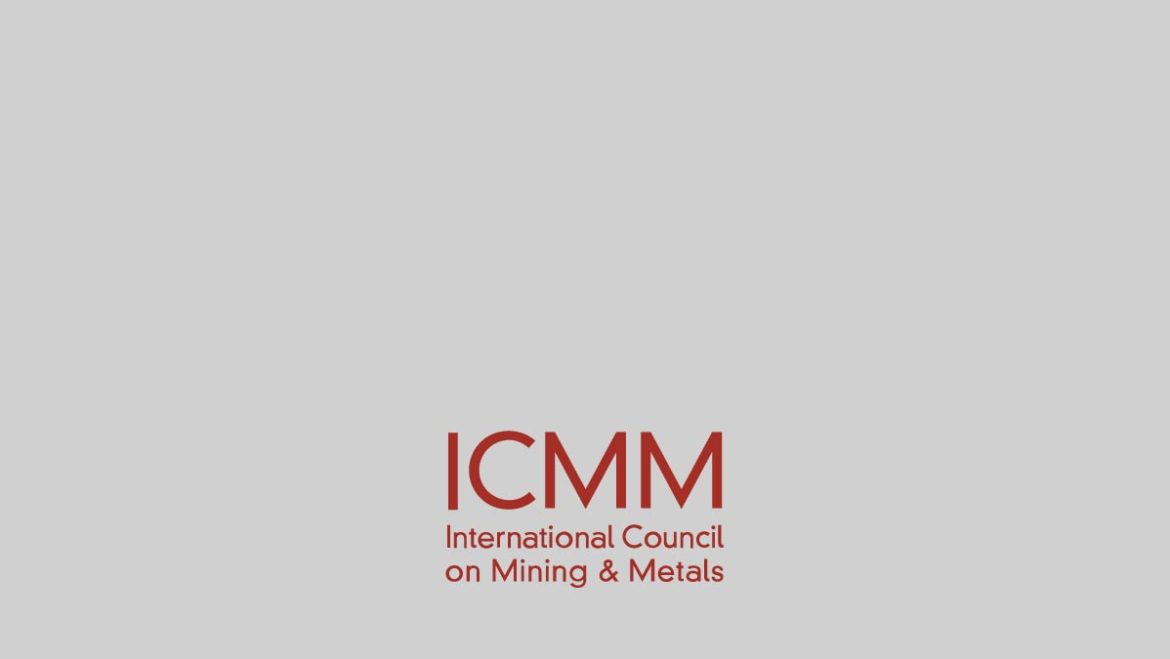Alcoa World Alumina Australia operates two bauxite mines at Willowdale and Huntly in the Darling Range of southwestern Australia. Alcoa’s aim after bauxite mining is to re-establish all the pre-existing land uses of the forest to as similar as the original forest as possible.
The jarrah forest is a highly valued resource for the people of Western Australia. It is renowned for its diverse flora, being one of the most plant-species-rich forests in the world outside of tropical rain forests.
The program started with five-year improvement milestones. The first milestone was to achieve 80 per cent of forest-species richness. When this was accomplished, a new milestone was set for 2000. On average, 100 per cent of the indigenous plant species found in representative jarrah forest sites would also be found in a 15-month-old rehabilitation, with at least 20 per cent of those found being from a resistant species priority list.
Alcoa reached its goal – all the rehabilitated areas had on average the same number of indigenous plant species as found in nearby jarrah forests. It is within this context that Alcoa has developed a scientifically based, best practice rehabilitation procedure.
Sources:
For a more detailed account of this case study please refer to ICMM’s Good Practice Guidance for Mining and Biodiversity (p49)

